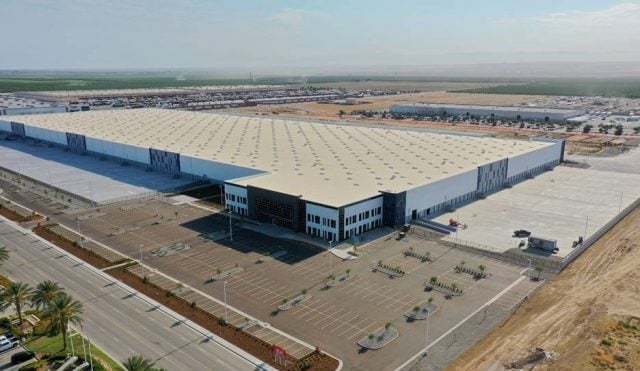Live space is the next iteration of the live/work unit, and it is becoming very popular. Call it the grown-up version of a live/work units, which are typically used by individuals, like artists or freelancers. Live Space, on the other hand, are hybrid office and residential buildings that are often occupied by larger or more established tech and media companies. The spaces are often dog-friendly properties with full kitchens, showers and outdoor spaces that give employees a “home away from home.” They are spreading throughout the L.A. area with more than 120 properties and 820,000 square feet, mainly on the Westside. To find out more about this trend, we sat down with Grant Goldman, CBRE research analyst, for an exclusive interview.
GlobeSt.com: What is Live Space?
Recommended For You
Want to continue reading?
Become a Free ALM Digital Reader.
Once you are an ALM Digital Member, you’ll receive:
- Breaking commercial real estate news and analysis, on-site and via our newsletters and custom alerts
- Educational webcasts, white papers, and ebooks from industry thought leaders
- Critical coverage of the property casualty insurance and financial advisory markets on our other ALM sites, PropertyCasualty360 and ThinkAdvisor
Already have an account? Sign In Now
*May exclude premium content© 2025 ALM Global, LLC, All Rights Reserved. Request academic re-use from www.copyright.com. All other uses, submit a request to [email protected]. For more information visit Asset & Logo Licensing.









